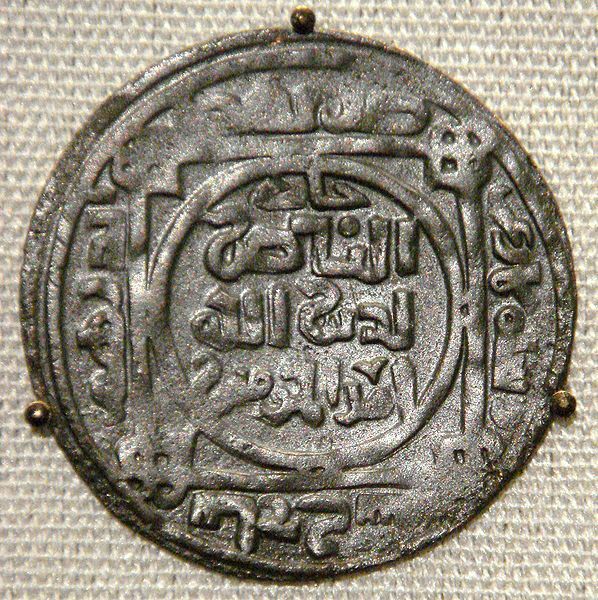Even before the rise of Genghis Khan and the Mongol Empire, the Mongols favored trade. As a pastoral, nomadic people, their lives focused on their herds. For that reason, they made very little among themselves and Mongol trade was a cornerstone of their society. They hunted and herded, but very few Mongols were weapon-makers or potters or weavers. Many of the items the Mongol people needed for living, they had to trade for with the settled agricultural peoples around them.
Nor were Mongols interested in doing things other than hunting, herding and living in their nomadic groups. They didn’t settle in cities or attend schools. They did, however, like trade. And they enjoyed being warriors, at which they were exemplary.
As Genghis began building his empire, he realized the Mongol army would need many things: bows and arrows, swords and spears for war, tack for the horses, leather for armor and, once it was discovered that silk worn under leather could prevent an arrow from penetrating the body, silk clothing. Genghis Khan also needed people who could read and write to administrate the lands coming under his sway. The Mongols needed trade as never before.
To facilitate trade, Genghis offered protection for merchants who began to come from east and west. He also offered a higher status for merchants than that allowed by the Chinese or Persians who despised trade and traders. .During the Mongol Empire, merchants found protection, status, tax exemption, loans and consistent aid from the Khans. For the 100 years of the height of the Empire, the East-West Mongol trade routes became the fabled Silk Road which for the first time linked Europe to Asia, allowing the free flow of ideas, technologies and goods.
The Mongols not only offered the use of the Yam system to merchants, but set up protective associations for them called Ortogh. Instead of extortionist tax rates, the Mongols gave traders tax exemption. Genghis offered a form of passport to merchants that gave allowed them to safely travel along the Silk Road. The Mongols even loaned money at low interest to merchants. If paper money was used as currency, it was backed with silk and precious metals.
As a result of the Mongol Empire, international Mongol trade was born on a level never seen before. Valuable spices, tea, Asian artworks and silk headed west to waiting merchants in the Middle East and Europe. Gold, medical manuscripts, astronomical tomes and porcelain headed east to Asia. Ideas and new technologies also flowed in both directions along the Silk Road. Mongols opened their doors to all religions and diplomats from all over the known world. East learned of West and visa versa.
For the first time, Mongols settled in a city, Karakhorum, which was built by Ogedai Khan, Genghis’s third son. Mongolian sons attended schools and learned the many languages needed to run the empire. Although the Mongol Empire began in blood and conquest, its long-term effect, as envisioned by Genghis Khan, was to secure a general peace and establish international trade over a huge portion of the world.
Additional Resources About The Mongols
Cite This Article
"Mongol Trade: Linking East to West" History on the Net© 2000-2024, Salem Media.
April 20, 2024 <https://www.historyonthenet.com/mongol-trade-linking-east-to-west>
More Citation Information.

